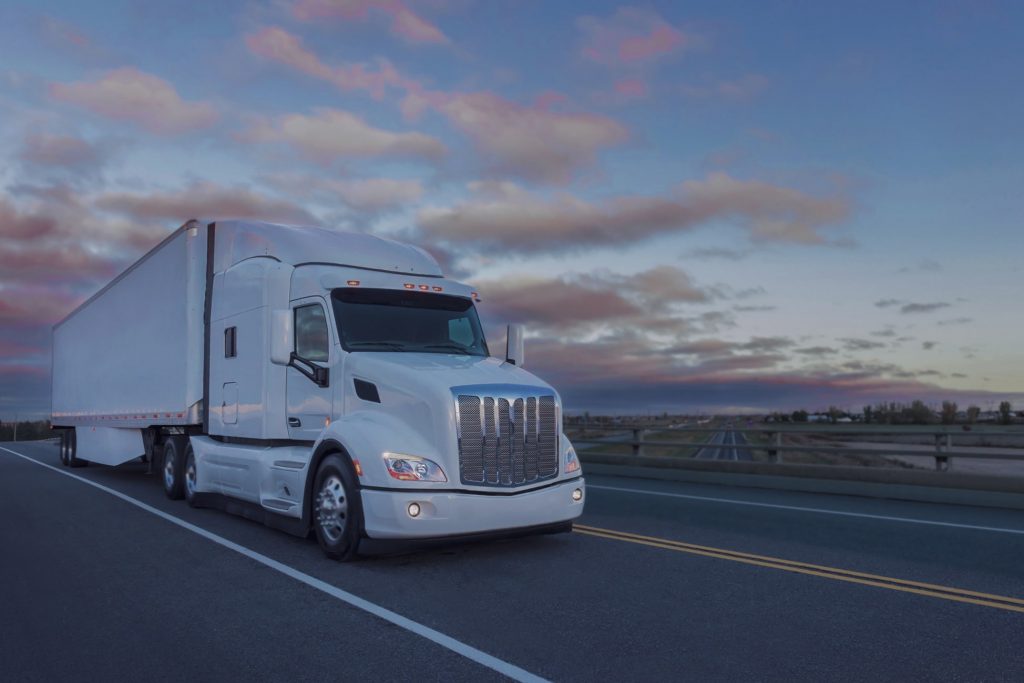
California is one of the busiest hubs in the U.S. in terms of shipping and freight transportation. This is mainly due to the fact that it is a coastal state with easy access to a large number of railroads that allow for cheaper transportation. This is also the reason why it has quite some different regulations than that of any other state. There are many factors to consider while shipping goods to California, like time, the size of shipment, emissions, and inspections which some inexperienced shippers might not be familiar with. Also read: ideaflight.com for more transportation business ideas.
While shipping to California, one can deal with experienced shippers like CoastalCartage, who have ample knowledge about the shipping factors in the southern state. Even so, it is important for one to personally make sure of various things to take care of before shipping to California; this will help one save time and prepare for the shipping accordingly. After all, a little knowledge never harms anyone, and being aware of one’s shipped goods is always advisable.
Below is a list of 5 most important factors to consider while shipping to California:
Table of Contents
1. The Specifications & Restrictions on Truckload

img source: otrleasing.com
If one is shipping to California, it is extremely important to stick to the legal truckload limits and other state regulations. Trucking companies should pay special attention to these limits as ignoring them could be a big mistake. These limits are also applicable to trailers carrying goods. Below are the truckload limits for California:
Visit profitableventure.com to know more about the trucking industry.
The trucks carrying goods must not be:
- Longer than 65 ft (for a semi-trailer) or 75 ft (for a double trailer)
- Taller than 14 ft in height
- Wider than 102 in”
The trucks have to also abide by the weight restrictions set by the state, and these are as follows:
- For a single axle truck, the weight of the truck should not be more than 20,000 pounds
- For a tandem (double) axle truck, the weight should not be more than 34,000 pounds
- A single wheel must not have more than 10,5000 pounds as gross vehicle weight (this does not apply to trucks or trailers transporting livestock)
In case a vehicle weighs beyond the above limits, then it has to apply for a permit beforehand. The shipping vehicles’ size and weight are also checked at special ‘weigh stations’ by the California Highway Patrol. Hence, it is better to make sure that one’s vehicle and goods’ load are eligible to be shipped as per the state law beforehand.
2. Laws Regarding Emissions

img source: cielo24.com
The U.S. is the second-largest emitter of carbon dioxide in the world. Diesel vehicles and machinery are said to be one of the greatest contributors to this pollution. This is why organizations like the U.S. Environmental Protection Agency (EPA) and the California Air Resources Board (CARB) have laid down guidelines for shipping vehicles like trucks to lower the carbon emission in the state. These restrictions are legally binding; hence, if one is thinking about shipping to California, then taking these emission laws into consideration becomes a must.
The Federal Clean Air Act of 1970 was brought out by the EPA. This formed the basis for air pollution control on the national level.
As per CARB in the state, larger vehicles traveling in California ought to have engines equipped with a device called a particulate filter that helps in removing soot and other particulate matter from the fuel’s exhaust. This helps in reducing toxic substances from the air. According to a study by the California Air Resources Board (CARB), there may be a link between increased diesel emissions and higher chances of developing cancer. The Truck and Bus Regulation of the state also wishes to wipe off older vehicles (those with engines from before 2010), which lead to high nitrogen oxide emission and particulate matter, from Californian roads by January 1st, 2024.
3. The Time Restrictions

img source: unsplash.com
The standard-sized goods transporting vehicle is allowed to be shipped at all times, but the state has restrictions on travel time for oversized vehicles, that is, vehicles wider than 10 feet. To plan one’s shipment time and have a smooth journey, it becomes important to know about the time duration during which an oversized freight can be shipped in California. There are the following restrictions:
- Oversized shipping vehicles are not allowed in and around Los Angeles from 6 to 9 a.m. and 3 to 6 p.m. (Monday to Friday)
- Oversized shipping vehicles are not allowed in and around Sacramento, San Diego, and San Francisco from 7 to 9 a.m. and 4 to 6 p.m. (Monday to Friday)
This is because the above-mentioned cities are metropolitan areas with heavy traffic. The shipping conditions are different on the weekends and the nighttime.
4. Document Requirements

img source: unsplash.com
Before shipping in California, one must make sure that one has all the necessary permits and licenses. In case freight is traveling just within the state boundaries, then having a Motor Carrier Permit from the California Department of Motor Vehicles would be enough.
But in case of goods are being shipped in from other states, the following documents would be needed along with the permit:
- Carrier Identification Number (CIN) provided by the California Highway Patrol
- Requester Code Number (needed when a company employs commercial drivers)
- Workers’ compensation’s proof
- Liability insurance’s proof
Foreign cargo entering the U.S. has some other permits and documents to take care of. These are as follows:
- Bill of Lading (BOL)
- An Invoice from the U.S. customs
- Certificate of Origin from NAFTA
- A commercial invoice
- Packing list
5. Restrictions while on the Truck Lane

img source: ptvgroup.com
The CVC or California Vehicle Code outlines the rules and restrictions for speed limits on truck lanes in the state. The code lists restrictions on the speed of certain vehicles, particularly heavy ones. While shipping via road in California, one must keep these in mind:
- Tractor trucks, trucks with more than three axles, and the trucks towing other vehicles must not exceed the speed limit of 55 miles/hour.
- Truck lanes are meant to be used by vehicles that are not allowed to legally travel at speed higher than 55 miles/hour like those mentioned above.
This is done to ensure the safety of the other vehicles traveling on the road.







